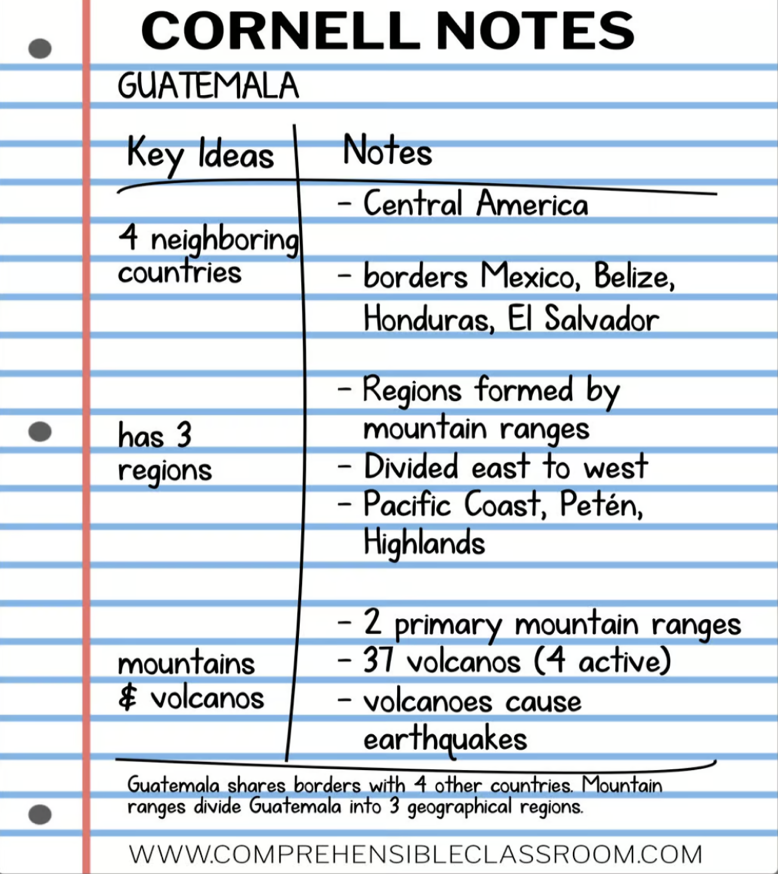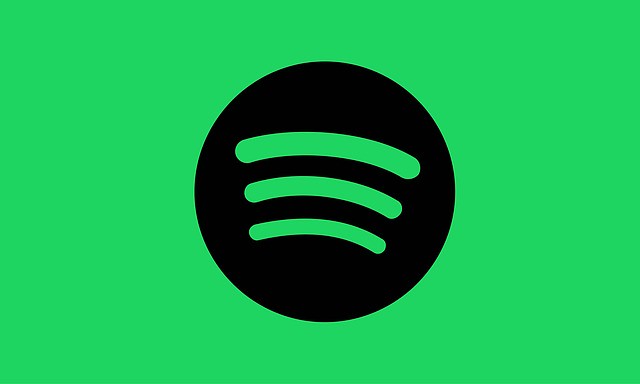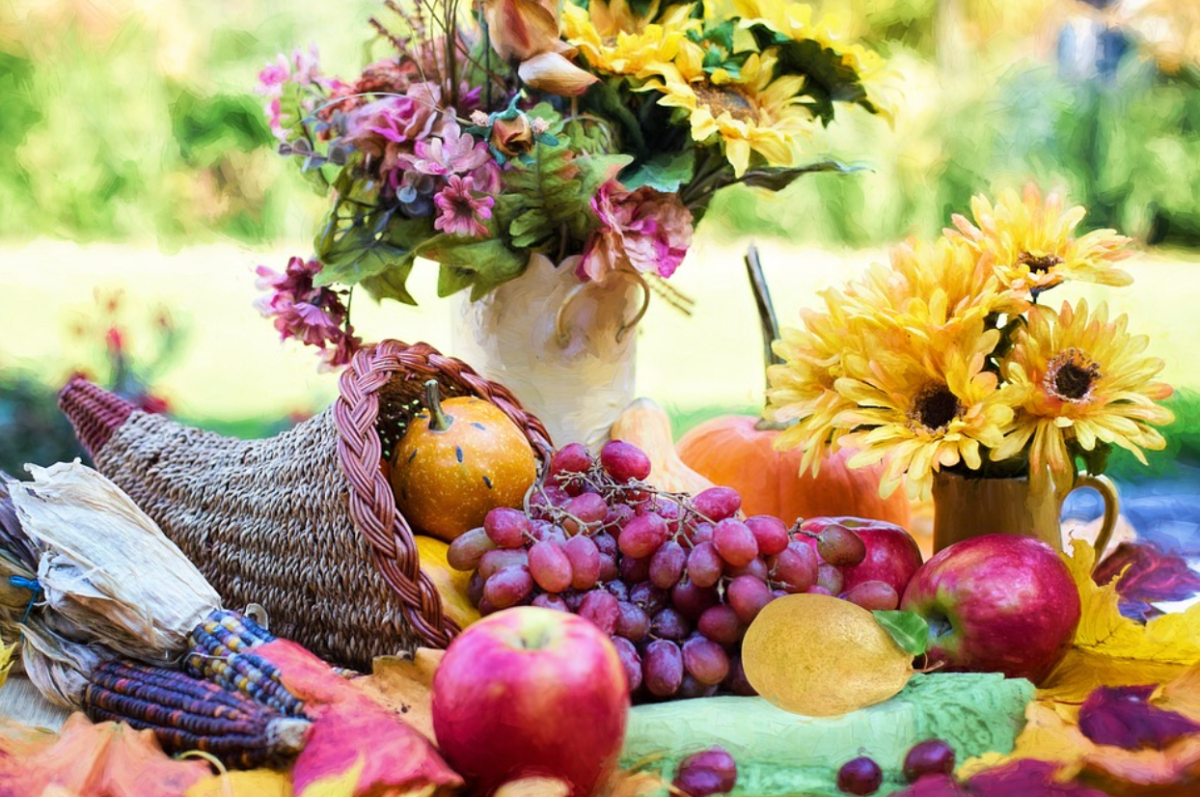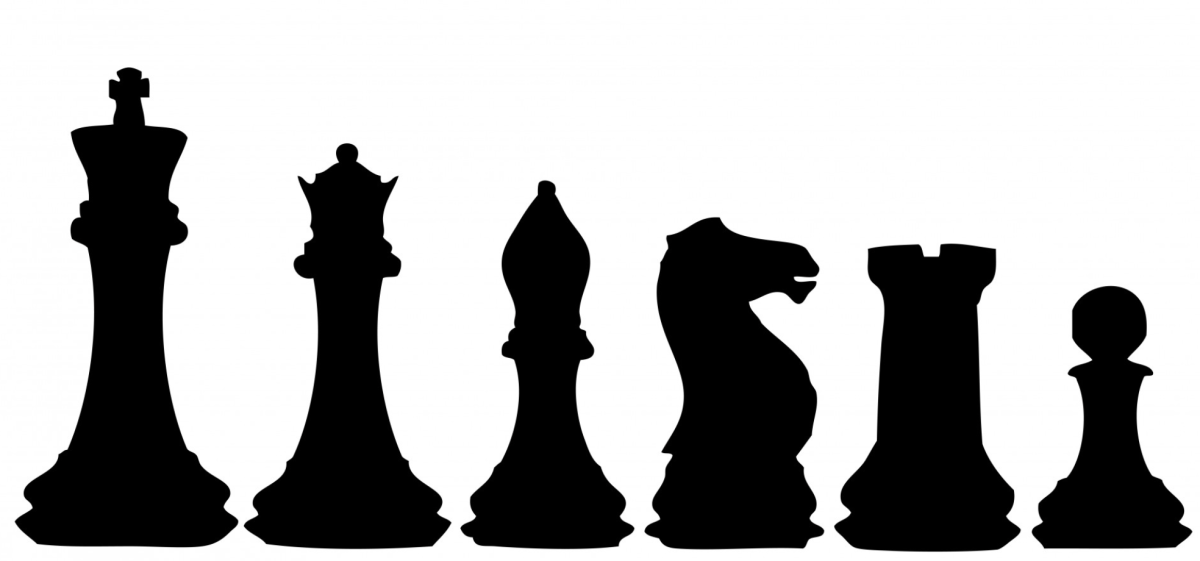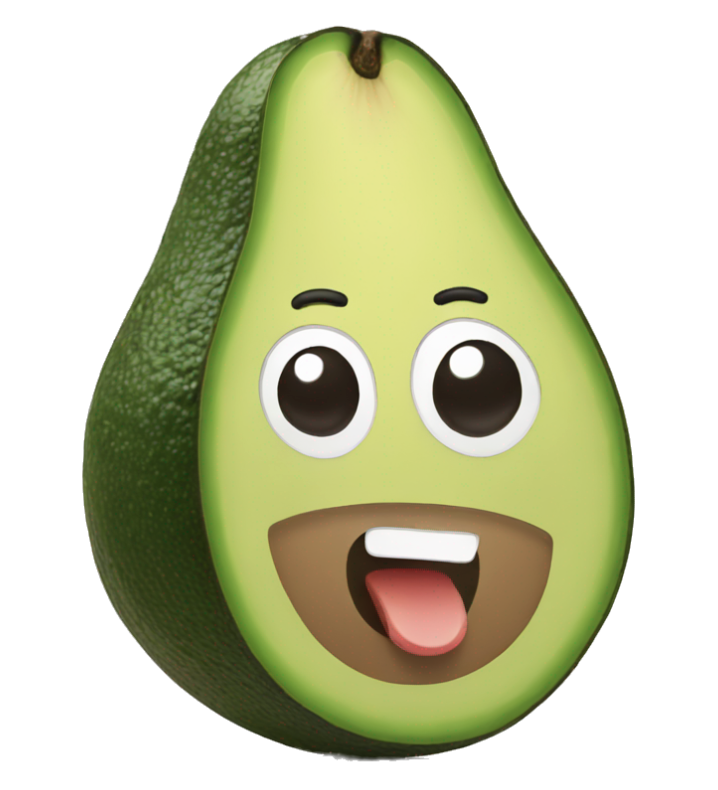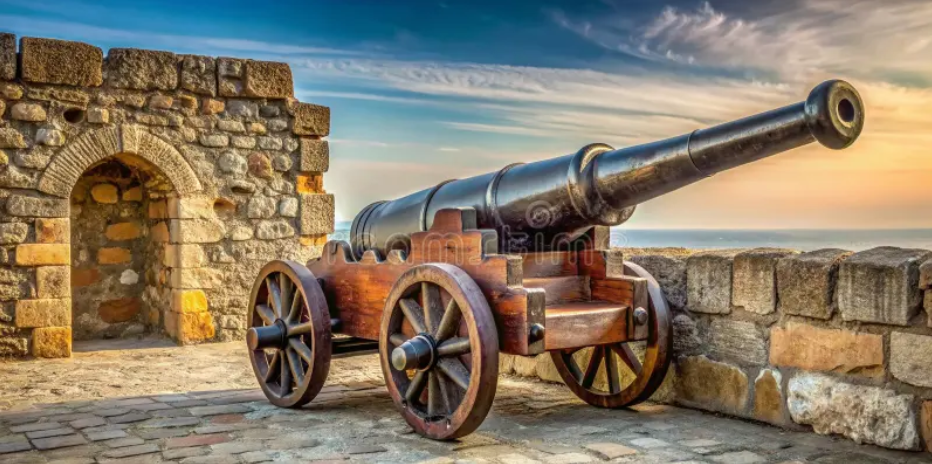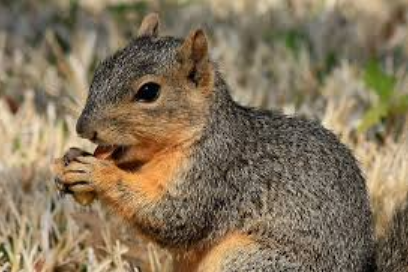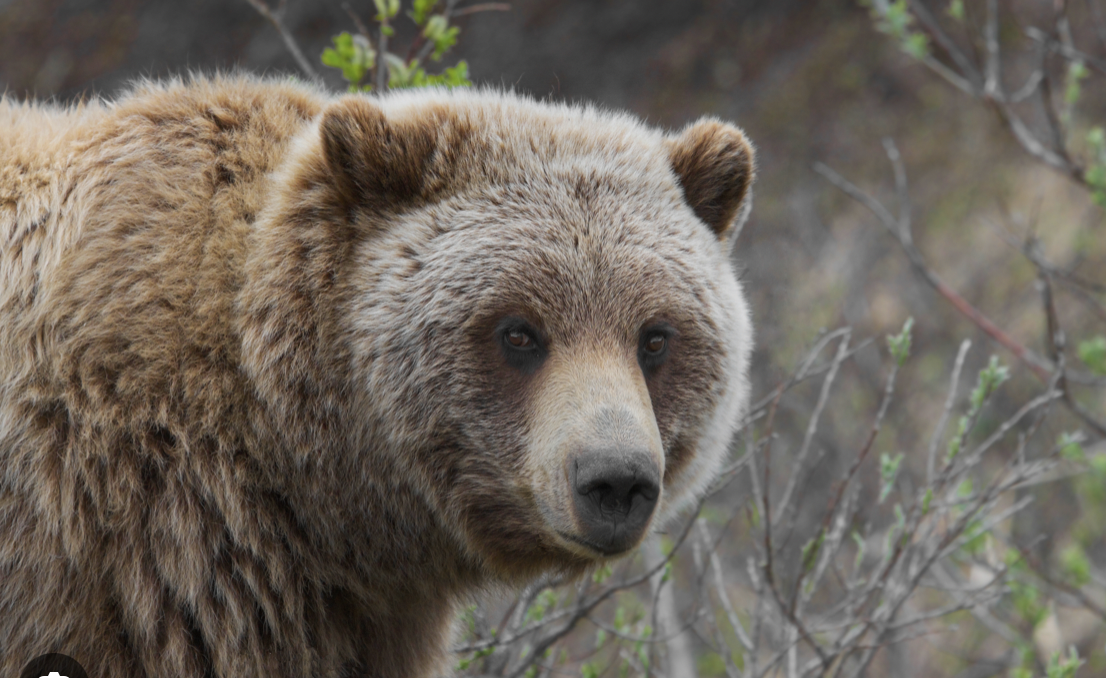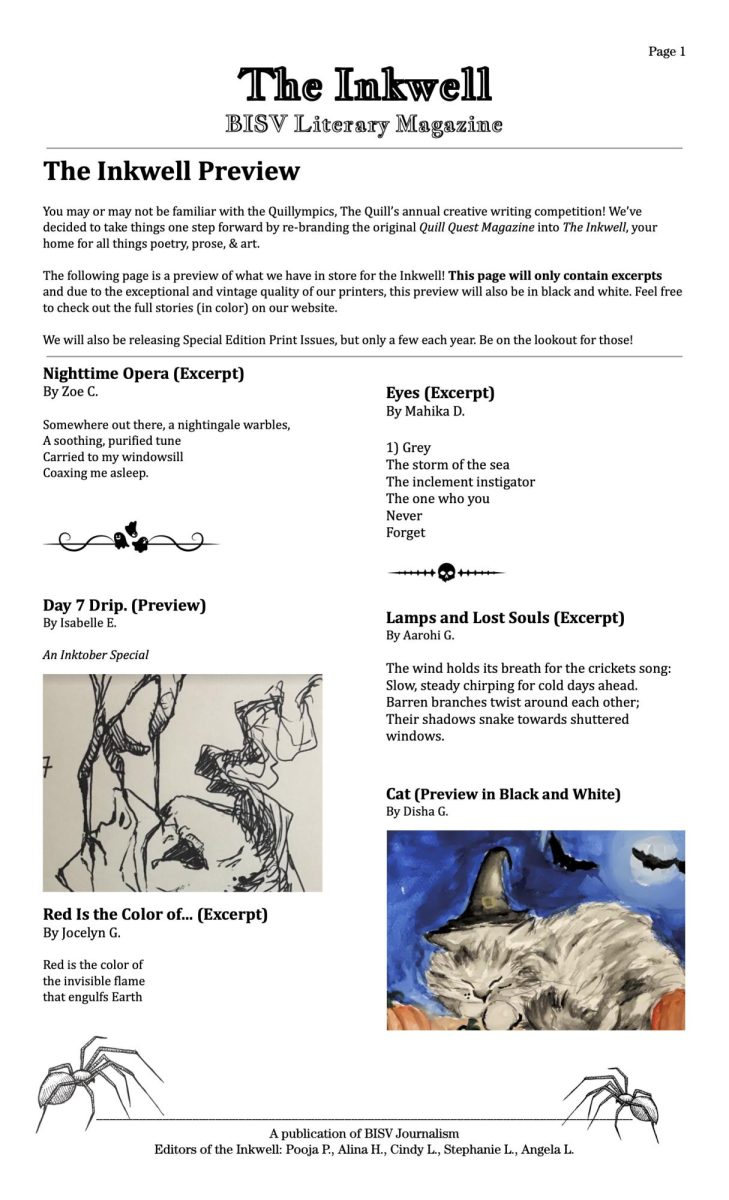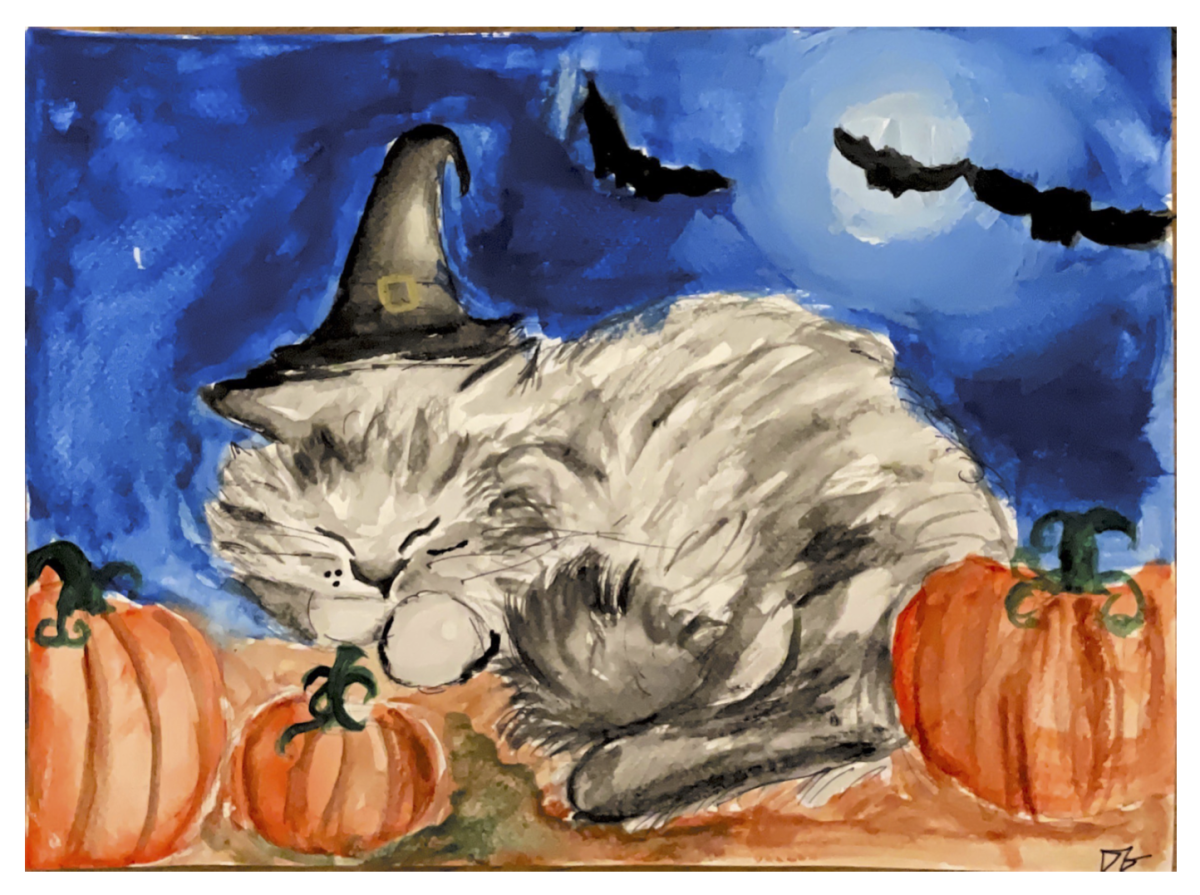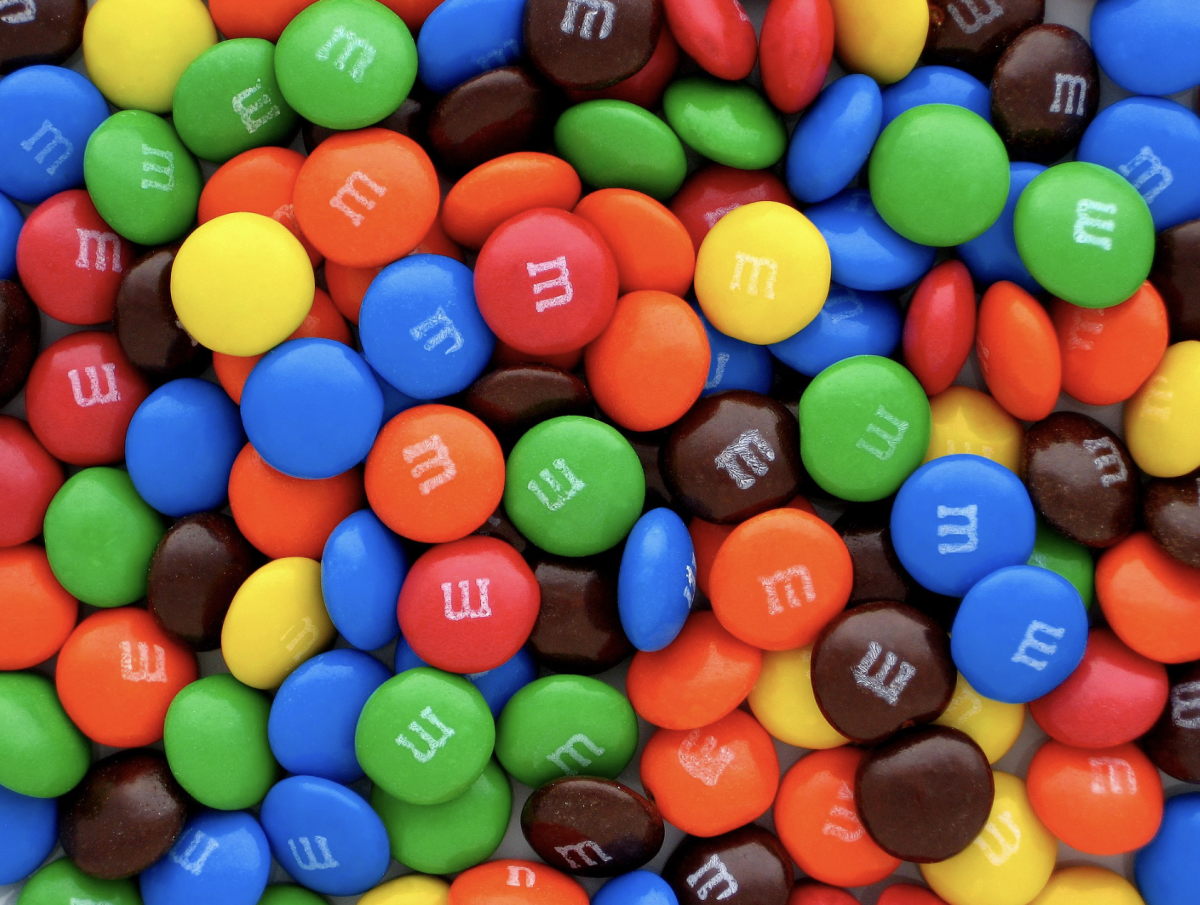Thanksgiving is a major holiday in the United States, celebrated annually as a time of gratitude towards friends and family. It takes place on the fourth of November every year, and this year, it falls on November 28th. This article gives a breakdown of the origins of Thanksgiving as well as what it’s been like for the last couple of years and how people view Thanksgiving.
Origins
The origins of Thanksgiving are often wrapped in myth, with a simplified and idealized narrative commonly taught in schools. However, the true history is far more complex with unpleasant facts that many may not know of. Here’s a look at the Thanksgiving myth and the reality behind the holiday’s origins:
Myth

The widely accepted story is that in 1621, the Pilgrims (a group of English settlers who had fled religious persecution) celebrated a bountiful harvest with a grand feast in Plymouth, Massachusetts, alongside Native Americans—specifically the Wampanoag tribe. This is often portrayed as a peaceful, friendly gathering where both groups shared food, giving thanks for a successful harvest after a harsh first winter in the New World. The common narrative emphasizes unity and collaboration between the Pilgrims and Native Americans, suggesting that the two groups came together as equals, sharing food and celebrating in peace. The story is often depicted as a symbolic moment of friendship between the colonists and the Indigenous peoples.
The Reality Behind Thanksgiving
The feast in 1621 did happen, but it was not called “Thanksgiving” by the Pilgrims. According to accounts from Edward Winslow, one of the Pilgrims, the event was a three-day feast following the Pilgrims’ first successful harvest, with around 50 English settlers and 90 Wampanoag men in attendance. The meal likely included wild game like venison (brought by the Wampanoag), waterfowl, and possibly fish, along with vegetables like squash and corn. It’s unlikely that the feast had many of the modern Thanksgiving staples like turkey, stuffing, or pumpkin pie. The Wampanoag, led by their leader Massasoit, were instrumental in helping the Pilgrims survive by teaching them how to grow crops, fish, and hunt in their new environment. However, the idea that they were invited as honored guests to a celebratory meal is contested. Historians believe the Wampanoag may have come upon the Pilgrims as a result of hearing gunfire (from the Pilgrims celebrating) and stayed to observe the feast. The narrative of peaceful coexistence is overly simplistic. While there was some cooperation between the Pilgrims and the Wampanoag, their relationship was fragile and based on mutual survival needs. The Wampanoag were weakened by European diseases that had devastated their population before the arrival of the Pilgrims. Massasoit sought an alliance with the Pilgrims to protect his people from rival tribes like the Narragansett. In the years following the 1621 feast, tensions between European settlers and Native Americans grew, leading to violent conflicts. By the late 17th century, conflicts such as King Philip’s War (1675–1678), a brutal war between Native Americans and English colonists, showed deteriorating relations. Thousands died on both sides, and many Native American communities were devastated. Because of this, the relationship between the two became very hostile unlike what is told in the myth.
How It Became a Holiday
Thanksgiving wasn’t established as a national holiday until 1863, during the Civil War. The idea of Thanksgiving as a time for gratitude, family, and national reflection took hold during this period due to the Civil War. The low morale of the nation caused Abraham Lincoln to declare Thanksgiving a national holiday in an attempt to foster unity and healing in a divided country. The popularization of Thanksgiving included the romanticized Pilgrim-Native American narrative as a foundational part of American history, which fit well into the emerging national identity of unity and inclusiveness (something that is advocated for but not actually a reality of the current U.S.).
What Thanksgiving is Like Now
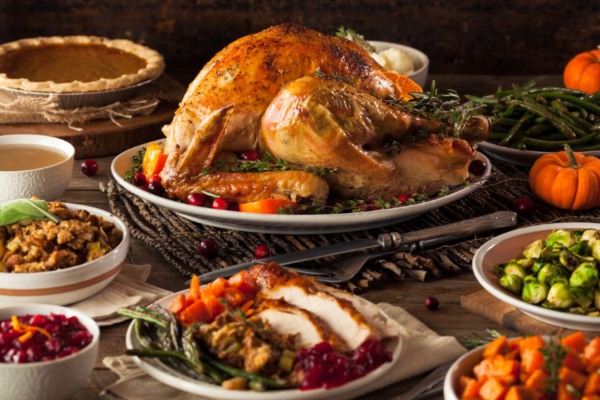
Despite the origins of Thanksgiving being less mythical than one may believe, most still turn to the legend when they think of Thanksgiving. Families and friends will gather together to celebrate each other as well as express all that they’re grateful for. Thanksgiving is currently one of the most popular holidays in the U.S. with a 79% popularity rating according to Statista. This means that around 79% of the people who participated in this poll consider Thanksgiving one of their favorite holidays and celebrate it annually. People often celebrate Thanksgiving by eating a meal with their loved ones. Traditional Thanksgiving dishes include turkey, cranberry sauce, mashed potatoes, pumpkin pie, and much more. Luckily, the average price of a Thanksgiving dinner has decreased from $64.05 to $61.17 (yes a whole $2.88!!!) in 2023. Furthermore, people will travel for vacation as well as to their families. In 2023, 55.37 million people were reported to have traveled for Thanksgiving. Although the prices of rental cars and plane tickets have decreased compared to previous years, it still costs $42 per day for a rental car and $268 for a round trip domestically. Yet despite the price that may go along with Thanksgiving, people still celebrate it due to the belief that it’s the time of the year when you get together with your loved ones to be grateful for each other.
Work Cited
Statista. (2024, July 5). Most popular national and religious holidays in the United States 2023. https://www.statista.com/statistics/1277607/most-popular-holidays-in-the-united-states/
Scalzadonna, L. (2024, September 23). 33 Classic Dishes That Deserve a Spot on Your Thanksgiving Menu. Food Network. Retrieved October 22, 2024, from https://www.foodnetwork.com/thanksgiving/photos/traditional-thanksgiving-dinner-menu-ideas
Average price of a Thanksgiving dinner, U.S., 2023 | Statista. (2023, December 18). Statista. https://www.statista.com/statistics/208104/average-price-of-a-thanksgiving-dinner/
2023 Holiday Travel Outlook. (n.d.). Hopper. https://media.hopper.com/research/2023-holiday-travel-outlook


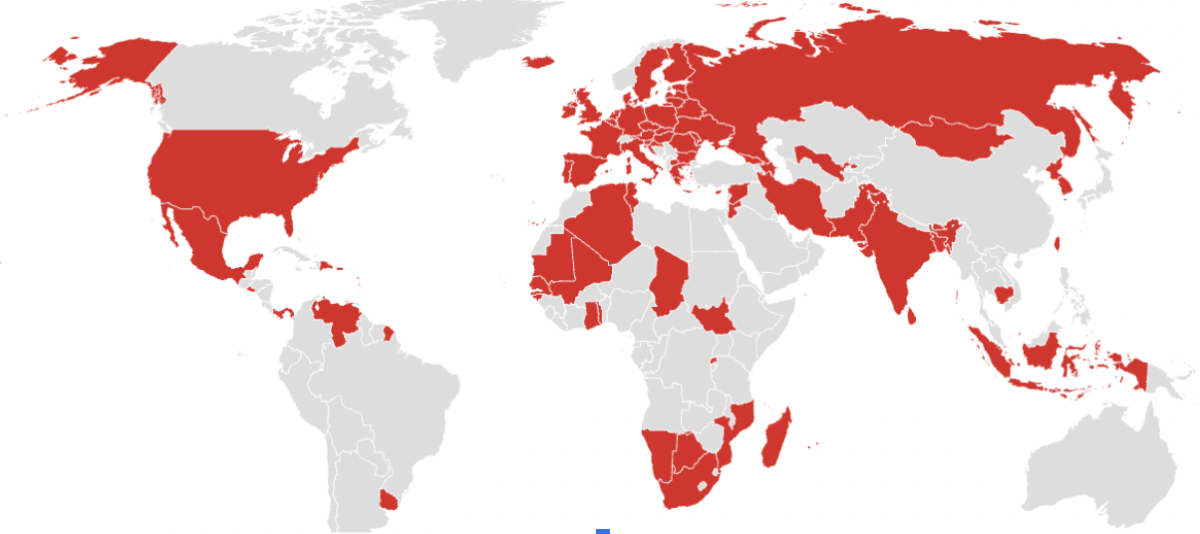

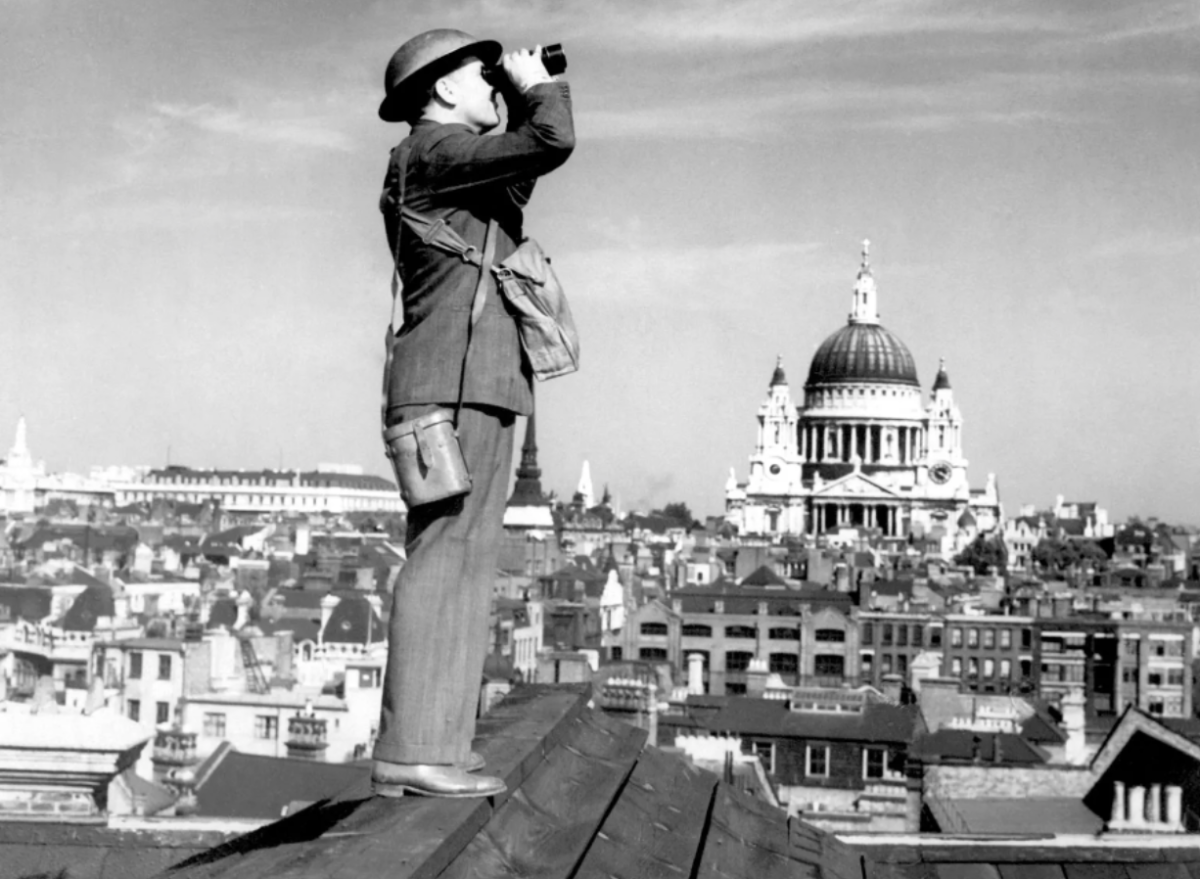

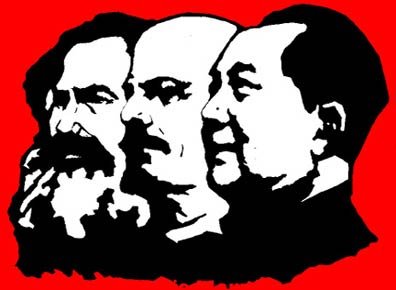
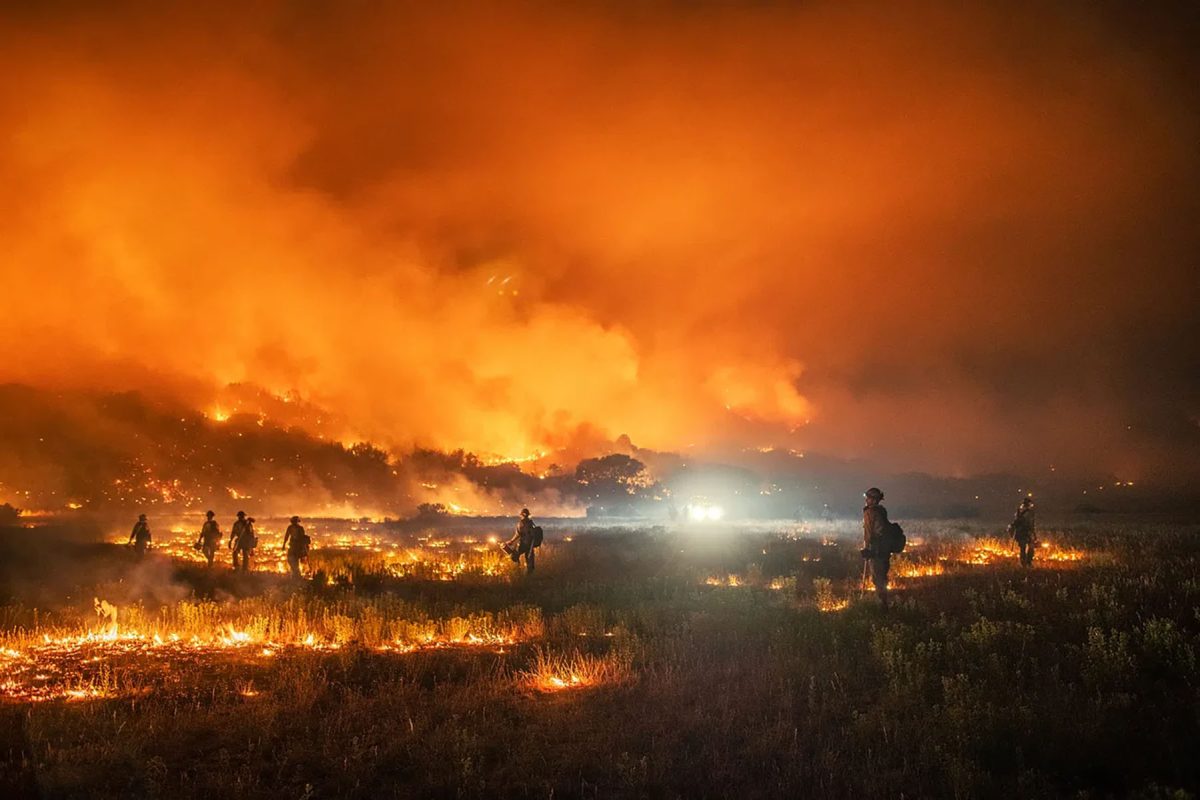
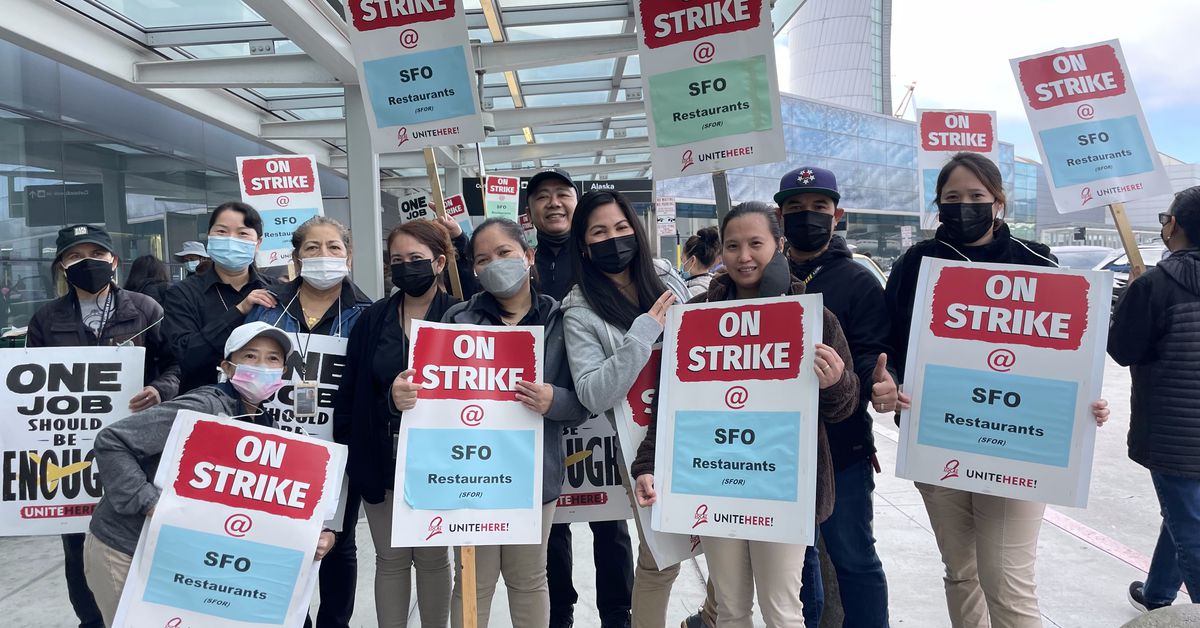



![Teacher [Milk] Tea: Part 2](https://bisvquill.com/wp-content/uploads/2024/03/Screen-Shot-2024-03-19-at-9.28.48-PM.png)
![Teacher [Milk] Tea: Part 1](https://bisvquill.com/wp-content/uploads/2024/03/milk-tea.png)

